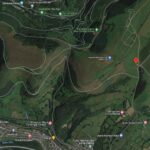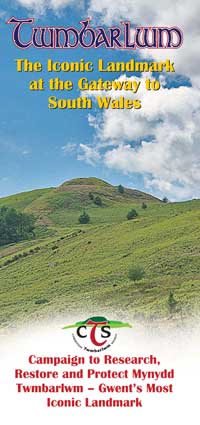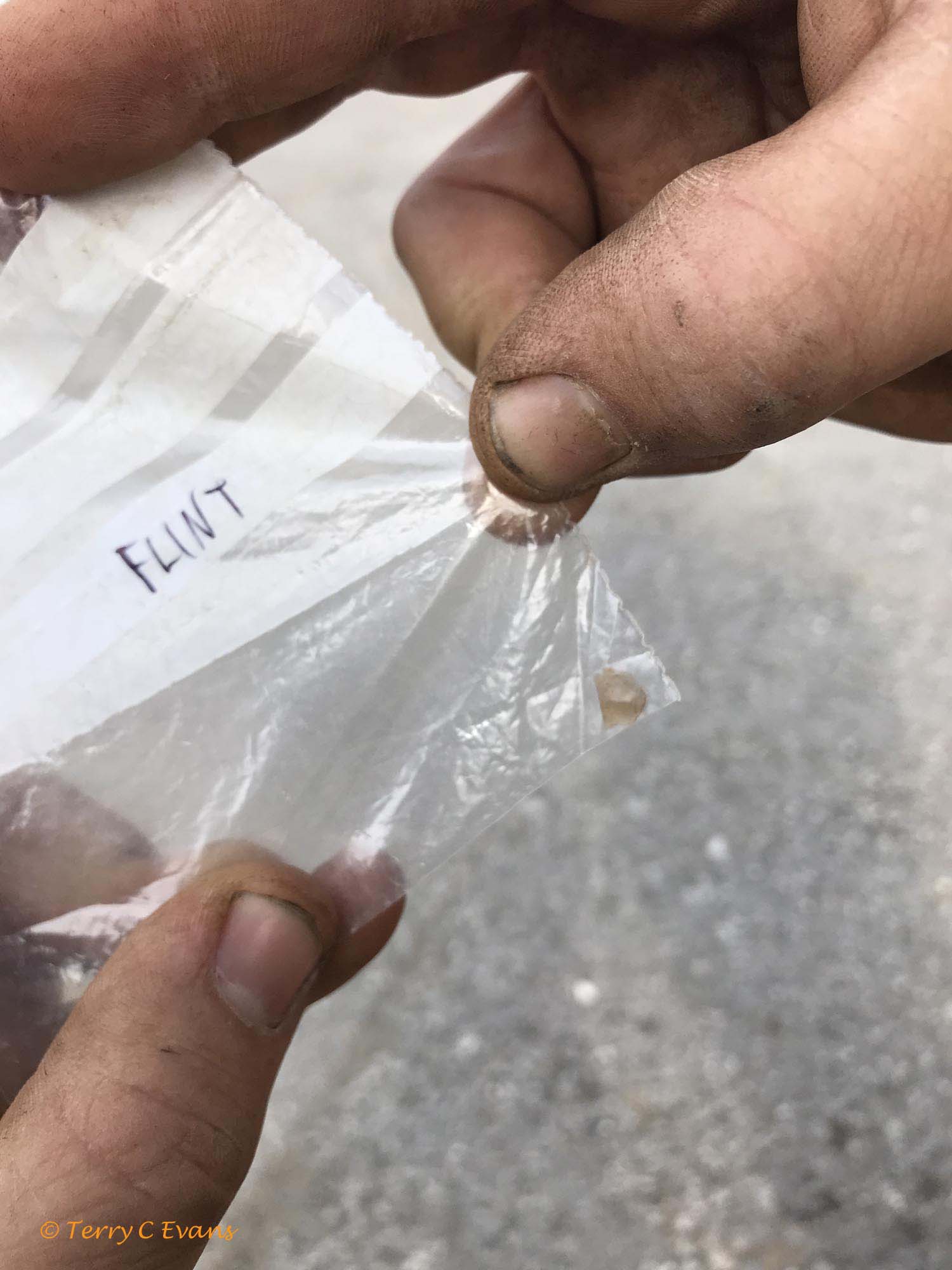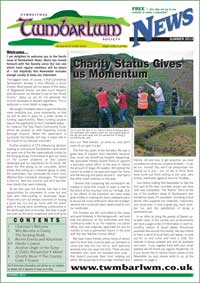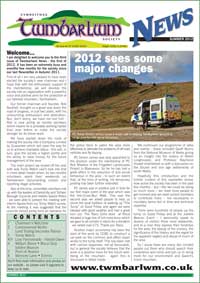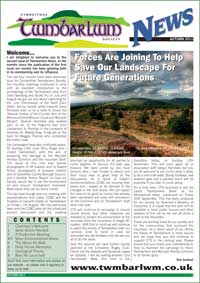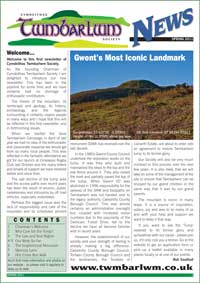Big Dig 12/08/21
TWMBARLWM ARCHAEOLOGICAL DIG 2021
The Big Dig continued from Monday 2nd till Friday 20th August
Hello again folks
Please note that I’m writing this blog from a keen amateur’s standpoint and the society’s involvement – all the technical stuff and information about any findings will come from the professional archaeologists at a later date. Their final report will be made publicly available on this website and other archaeological archive sites.
Thursday 12th August 2021 📷
Volunteers: Martin D., Terry E., Bob R., Norman L.,
Very misty start to the day but by the time we had loaded up equipment and got to the top the weather had cleared – although again with very cold, strong breeze blowing.
DAY 4 of TRENCH 2
Having competed the note-taking and sketching of the current layer in the trench the volunteers set about removing some of the larger rocks and trowelling and cleaning deeper on the outer rim of the circular pile. It soon became apparent that we were at the natural ground level at a depth of only about 20cms and with no indication that the rocks extended much further than the extremity of the trench.
One bit of excitement came when Harri was working on the innermost corner of the trench he spotted an interesting speck glinting at him – when he got it out of the red soil it was no bigger than a small fingernail and looked to be a small fragment of flint. As you may know, flint does not occur naturally in the geology of this area so it could only have been imported into this area for whatever reason – the sample has been kept and will go for further analysis in the lab.
Of course this find got us into all sorts of flights of fancy, imagining the previous occupants of this hill-top knapping their lumps of flint into useful tools and weapons. If so that would take us back to the Mesolitithic and Neolithic time periods which would be taking the hill fort way back in time, further than we imagined – but, alas, we found no other evidence of microliths in the immediate area so let’s not get carried away just yet.
We also started to remove more rocks from the dished centre of the pile of rocks revealing voids between the rocks but again no indication of any real organised structure to the pile. Along the way down we found a few pieces of glass, similar to much of the victorian glass we have previously found on the surface of the bailey – these were very small shards that could easily have slipped down between the rocks from the surface.
GLASS
 One such piece of glass Bill and I found on the surface of the bailey earlier in the week bore the imprint HURLEY – a little bit of research on Google revealed Hurley to be a local producer of mineral water on Duckpool Road in Newport at the turn of the last century. John’s Newport directory lists them as: Duckpool Road, 142, R. Hurley and Sons, Aerated water manufacturers and bottlers of Bass.
One such piece of glass Bill and I found on the surface of the bailey earlier in the week bore the imprint HURLEY – a little bit of research on Google revealed Hurley to be a local producer of mineral water on Duckpool Road in Newport at the turn of the last century. John’s Newport directory lists them as: Duckpool Road, 142, R. Hurley and Sons, Aerated water manufacturers and bottlers of Bass.
We found many such pieces of glass when we did a litter pick after the fires of 2018 – click here to go see the story and photos of that find.
The afternoon proved be quite bright and sunny with clear views all round which brought out many visitors to the top of the mountain – we could see them arriving from along the ridgeway from car park 2 and climbing the steep western slopes from car park 7. Many were family groups and many came over to the trench to ask questions about our work there – all seemed very interested and all had their own theories as to the origins of the hill-fort.
This archaeological investigation is funded by:
Ariennir yr ymchwiliad archeolegol hwn gan:


